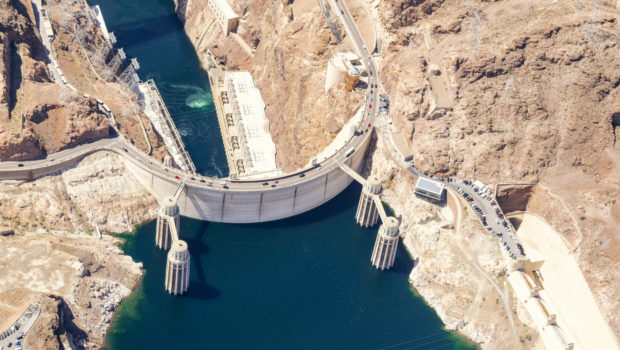Technology and Nature: How the Two Clash and Collaborate
Humanity once enjoyed a symbiotic relationship with nature, but modern life tends to favor urban environments that are far removed from the natural world. We are so out of touch with nature, in fact, that only about 5% of every day is spent outside, at least in developed countries. Yet some of humanity’s greatest minds still find inspiration in nature, especially where alternative energy is concerned.
In collectively moving away from nature, modern humans naturally gravitated towards technology, so much so that it is involved in virtually every aspect of our lives. That reliance on technology often translates into a thirst for power — in the literal sense.

Image Source: https://unsplash.com/photos/Ul-1-YbuyX4
Global energy consumption has steadily risen since the 1980s, according to Statista. Today, electricity consumption around the world amounts to about 22.3 trillion kilowatt hours annually. And the global demand for power will continue to grow as technology further advances.
Fortunately, technology can enjoy a symbiotic relationship with nature, improving social responsibility as a result. What’s more, nature itself provides abundant sources of energy, if you know where to look. In our increasingly digital society, technology can coexist with nature while also serving as a catalyst towards the streamlined production of energy that’s both clean and plentiful.
Humanity and Nature: An Ancient Partnership
Technology overlaps with nature in many ways. At times, technology and nature appear to be at odds with each other, but they also enjoy a symbiotic relationship. Interestingly, many technological advancements owe their very existence to natural processes.
One of the most famous nature/tech crossovers is the “golden ratio” concept. Similar to the Fibonacci sequence and subject of much controversy in the scientific community, the so-called golden ratio is equal to approximately 1.618. When observing the natural world, patterns emerge. In some cases, those patterns mimic the golden ratio, as seen in flower petals, human bone structure, seashells, and more.
The golden ratio can be applied in various settings, from web design and music production to the collection of solar energy. In 2018, researchers concluded that a solar panel array laid out in the pattern of a “golden spiral” generated more power than a flat-oriented solar panel. By encouraging the collaboration of nature and technology, renewable energy serves as a way for the opposing forces to exist in harmony.
Technology and nature have enjoyed a similar relationship throughout much of civilization’s history. Before we began to collect usable power from the sun, for instance, humans turned to a different nature-based source for their energy needs: Water.
Harnessing the Power of Water
The lifeblood of humanity, water served as one of the earliest sources of power with dam maintenance and rehabilitation activities dating back to thousands of years ago. Mineral-based hot springs offered a natural energy source to ancient peoples around the world, from the Romans to Native Americans. And as technology advanced throughout history, the potential applications of water as a power source increased, uniting under the name of hydropower.
In the early 1900s, geothermal hit the natural energy scene, ultimately becoming an industry game changer. Harnessed via steam rather than water itself, geothermal energy still helps power numerous modern cities, including Boise, Idaho. The capital city, located in America’s inner-mountain west, is home to the nation’s largest geothermal system, powering 6 million square feet in 92 buildings throughout downtown Boise.
Boise’s success notwithstanding, geothermal doesn’t get as much press as solar energy, yet it can provide significant cost savings at both the consumer and corporate levels. Geothermal energy also gets high marks when it comes to sustainability, and is widely considered the world’s greenest energy source for heating and cooling. What’s more, geothermal energy incentives are widely available to qualified home and business owners looking to make the switch to clean energy.
Assessing Technology’s Impact on Nature
As we have seen, nature has fueled myriad technological advancements over the years, but is the reverse also true? Can technology be used to smooth nature’s rough edges? If history is any indication, humans have been manipulating nature (with a little help from technology) for thousands of years.
Throughout history, humans have tried to tame nature in myriad ways, such as building dams to control the flow of water. While the primary purpose of dams in contemporary times is to generate hydroelectricity, ancient dam builders primarily used the technology as a tool for irrigation. Other technological advancements related to the control of water include the use of wave suppressors to control surface water turbulence in a non-invasive manner.
For municipal utility companies and governmental entities alike, reducing turbulence is a necessary precaution that helps ensure the accurate measurement of open flow water channels. Thus, controlling surface water turbulence is a prime example of the ways in which technology and nature can successfully collaborate, even if they initially appear to clash.
Key Takeaways
From hydroelectric to geothermal energy and beyond, technology and nature effectively coexist in the realm of alternative energy. Even as humans become further removed from the natural world, it’s still all around us, powering the very technology that helped bring it to life.
















